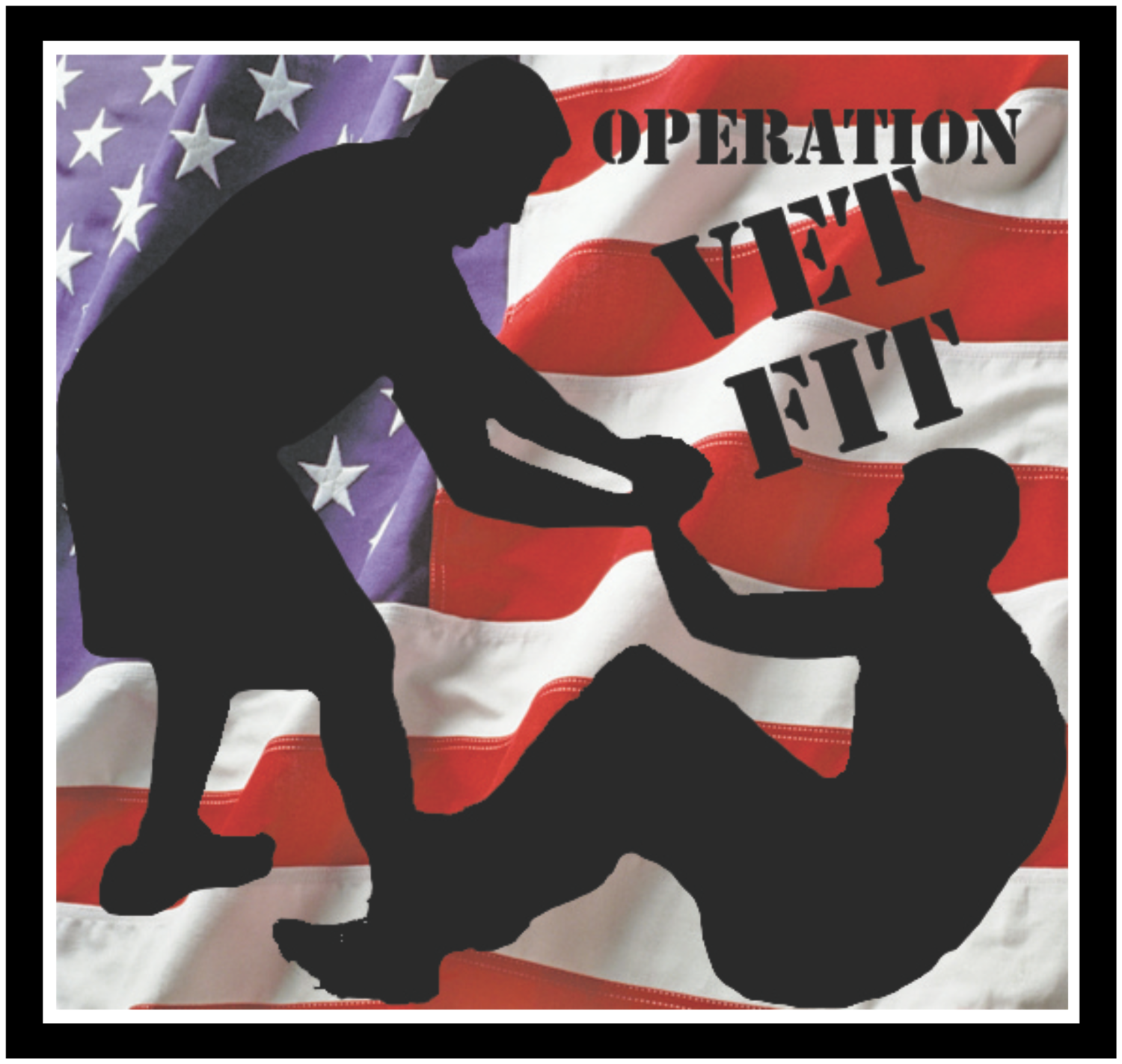By Daniel R. Gaita, MA, LMSW & Erin O’Gaita, BA
27.7 veteran suicides per day and an overall national rate of 124.4 a day, according to the recently published 2019 National Veteran Suicide Prevention Annual Report from the Office of Mental Health and Suicide Prevention.
The number of veteran suicide deaths per year increased from 5,787 in 2005 to 6,139 in 2017. The annual number of veteran suicide deaths has exceeded 6,000 since 2008, increased by 129 from 2016 to 2017, was lowest in 2006, and highest in 2014. However, this year’s report shows the impact that Opioid Use Disorder has specifically had on the veteran suicide rates.
In short, the rate of suicide for those with an Opioid Use Disorder is double to those with PTSD, Substance Use Disorder, mental health conditions, and Depression.
Source: National Center for Health Statistics (CDC)
How DID we gEt here?
For years, the VA and other doctors have been prescribing opioids to treat pain while knowing that the long term impact of continued opioid use is more pain, addiction, and withdrawal. How opioids got the green light from the FDA is still up for investigation. Why it took so long to hold the FDA and pharmaceutical makers responsible is quite perplexing. Why doctors kept (keep) prescribing them, is open for a deeper dissection. Whatever the reason(s), here we are. An opioid and a suicide crisis.
I’ve lost count of the number of our veterans who tell me the same story.
“I got injured, they gave me pain meds. Those meds were not working so they gave me stronger ones. They stopped working too, but now I was addicted. Then they stopped prescribing the pain meds and the withdrawal was unbearable. Nausea, vomiting, diarrhea, sweats, weakness, increased pain etc. So when the VA would not provide it anymore, I went and found it on the streets and stopped going to the VA.”
Addiction
Addiction is not a logical or a planned process. It is a chemical one. It usurps your neural wiring at a primal level in the brain towards pleasure and robs the endurance of your areas of cognition and reason. Making you a literal slave to your addiction. It is why so many who are addicted to drugs will resort to nearly any act to fulfill that addiction “relief”. Many end up cutting off their friends, families, jobs and life, as they knew it. Some turn to prostitution and stealing. When the pain and reality of what the addiction has caused seeps into the clouded mind, coupled with our social exaltation of victimhood, suicide becomes an attractive and immediate alternative, or often times, perceived solution. There ARE other solutions!
What are we doing about it?
Some doctors and patients at the VA are changing this by working together. Investigating if the possibilities of other, less harmful avenues are available to treat pain without the dangerous vortex of falling victim to addiction. Many veterans are going with a supplement approach: Omega-3’s, B-12, Magnesium, Multi-Vitamins, and Melatonin. With the more popular Naproxen as a non-steroidal, anti-inflammatory (NSAID), and Gabapentin (GABA analogue) for other types of neuropathic pain.
When a good doctor tells his patient that opioid based pain meds are actually increasing your pain, it lets the patient have another arrow of awareness in his quiver to fight the inevitable withdrawal from getting off the opioids and freeing themselves from their addiction.
Other Solutions Identified
One “medication” which requires no formal prescription, that appears to treat both the symptoms and the causes toward suicide is regular physical exercise. It is associated with reductions in anxiety, depression, pain and PTSD symptoms. All of which are most closely associated with suicidal outcomes.
Why are there no evidenced based interventions that provide for fitness prescriptions by qualified fitness professionals in collaboration with primary care or mental health? Great question.
If America really cares about its suicide and opioid crisis, perhaps going for a good walk, run, bike, or swim is a great place to start. Or participate in any team based fitness event: (Rugged Maniac, Underwater Rugby, Warrior Dash, Tough Mudder, Mud Run, Spartan Race etc.)
Forward Thinking
At Operation Vet Fit, we’ve stopped the suicide crisis within our ranks and welcome the federal government, including the VA, medical universities, and hospitals to learn about our solutions, case intake risk formulas, client care system, fitness prescription(s) and mental health care modalities. We have a solution and we want to share it with everyone.
Contact: Daniel R. Gaita, MA, LMSW









